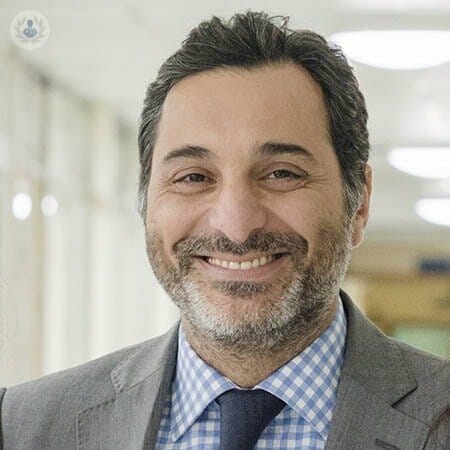
In my experience the Neochord technique often does not remove completely the leak but reducing the level of the leak to mild.
Harpoon is a new device allowing to capture the leaflet more accurately with better outcome.
Not every patient is suitable for these procedures, often we offer these procedures on patients with small annulus, long leaflets and or not candidate to conventional surgery.
These procedures do not provide the same outcome as the surgical repair as we only treat one component of the disease (chordae) without tackling the leaflet and the mitral annulus, however some patients can be suitable for surgical mitral valve repair.





